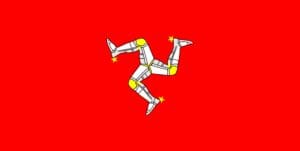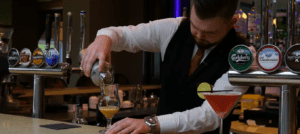Irish Folk Medicine: Unveiling the Heritage of Herbal Healing
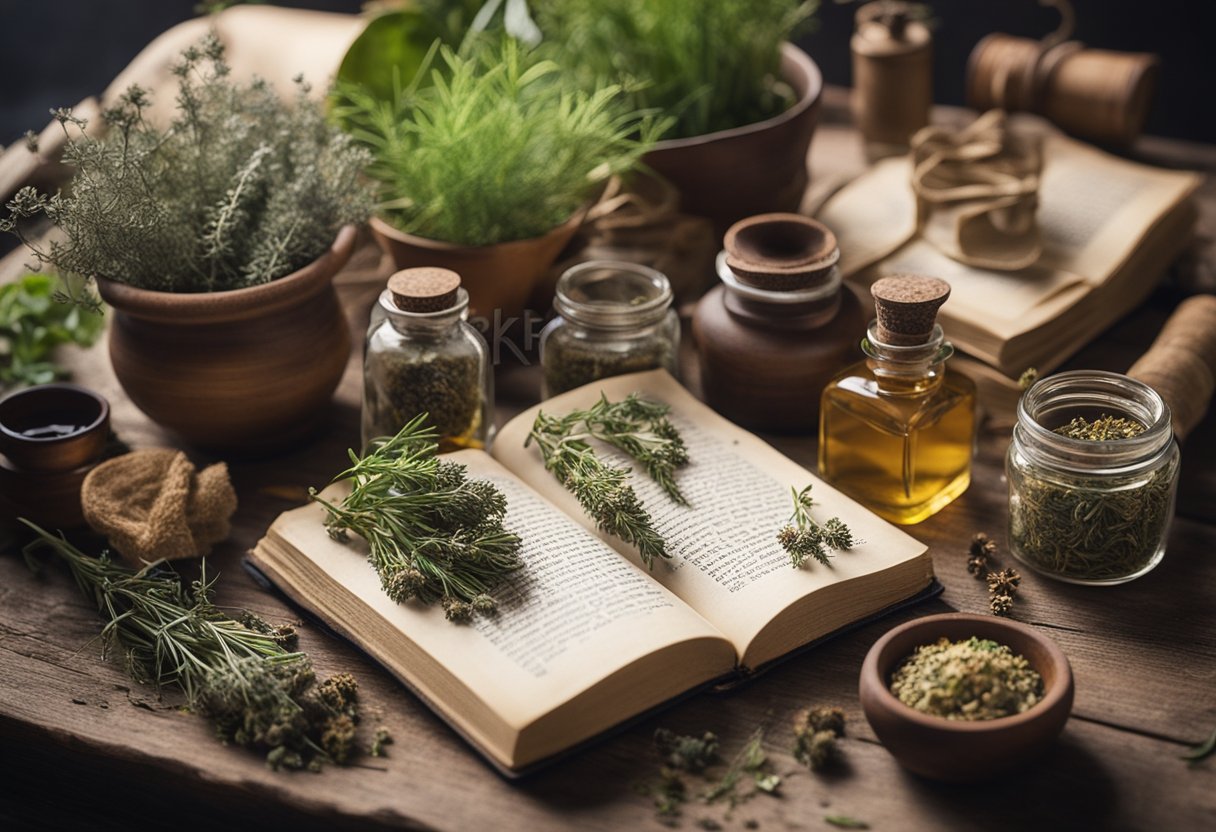
Updated On: April 24, 2024 by Marwa Alaa
Ireland’s heritage is steeped in a rich tapestry of traditional practices, and Irish folk medicine is a particularly fascinating thread within this cultural weave. This ancient form of healing passed down through generations, relied heavily on the natural world, with herbal remedies playing a central role. Irish herbal medicine draws from Ireland’s abundant flora to treat a myriad of ailments, intertwining physical treatments with spiritual beliefs.
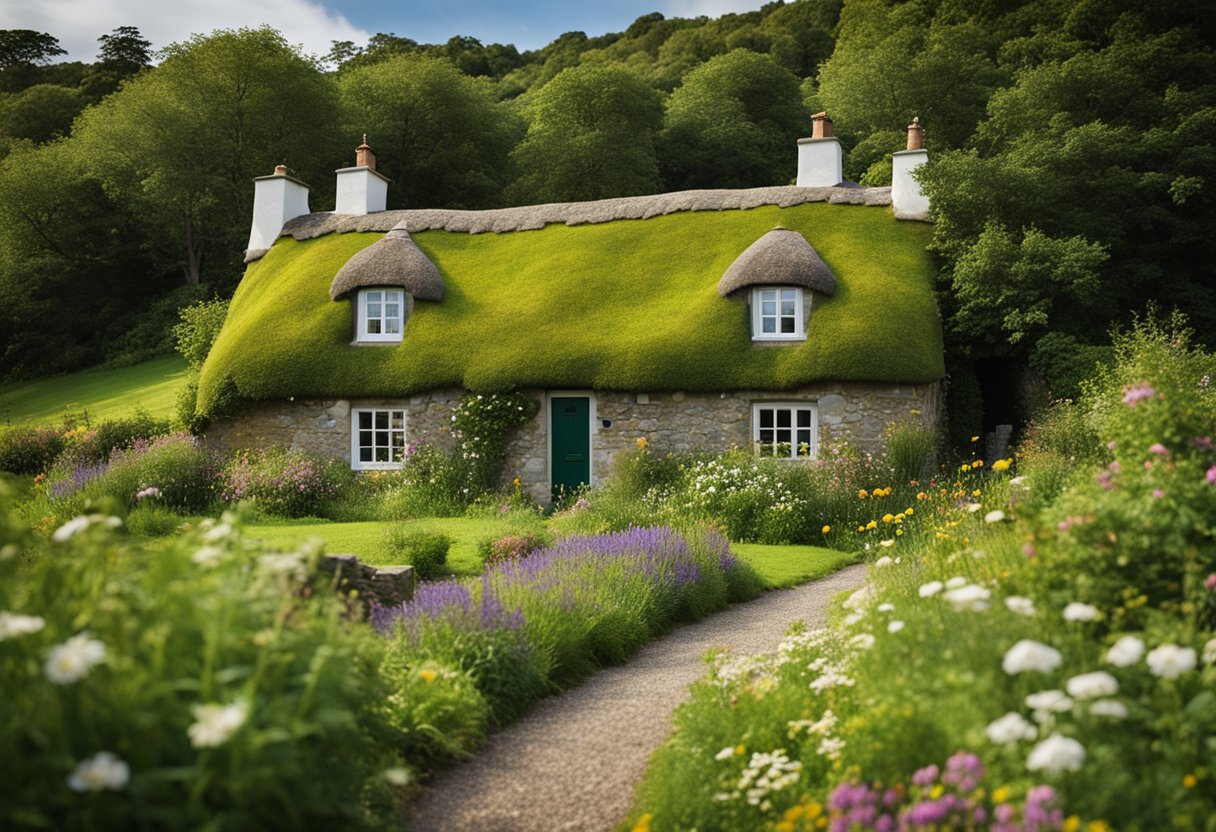
The historical roots of these practices are deep, with evidence tracing back to the early Irish civilization. Traditional Irish medicine was often the domain of healers known as ‘faith healers’ or wise women and men who were deeply respected in their communities. They possessed extensive knowledge of herbal applications and healing techniques, catering not just to the body but also to the mind and spirit. The wisdom of such practices reflects Ireland’s connection to nature and underscores the holistic approach to health that is characteristic of folk medicine.
Table of Contents
Historical Background of Irish Folk Medicine
Irish folk medicine, steeped in history, encompasses a rich tapestry of herbal remedies, spiritual practices, and medical knowledge deeply rooted in the country’s past.
Early Practices and Beliefs
In the earliest records of Irish history, our ancestors held a profound connection with nature, which underpinned their medical practices. Herbs, plants, and natural elements were not just physical remedies but also carried a spiritual significance. Rituals and charms were integral to these early practices, often intertwining with a belief in the supernatural. This holistic approach to health mirrored the society’s understanding of wellbeing, combining the physical and the ethereal.
Medical Care in Gaelic Ireland
During medieval times, professional medical care in Gaelic Ireland was led by learned families such as the O’Leighins, who were considered medical experts. They practised a sophisticated form of herbal medicine, documented in texts like Lebor Gabála Érenn, that had been handed down through generations. The Brehon Laws, Ireland’s ancient legal system, even included provisions for the practice and regulation of medicine, showing the centrality of medical care in Gaelic society.
Influence of Christianity and Medieval Knowledge
With the advent of Christianity, Irish folk medicine began to incorporate new dimensions. Monasteries became centres for the preservation and continuation of medical knowledge, with Irish monks studying and transcribing texts from around the world. Here, the synthesis of Christian prayers and traditional healing techniques led to a unique medical tradition where the spiritual and the medicinal were deeply intertwined. Monastic gardens often contained a variety of healing herbs, signifying the blending of earlier herbal practices with the newer Christian influences.
Understanding Herbal Remedies
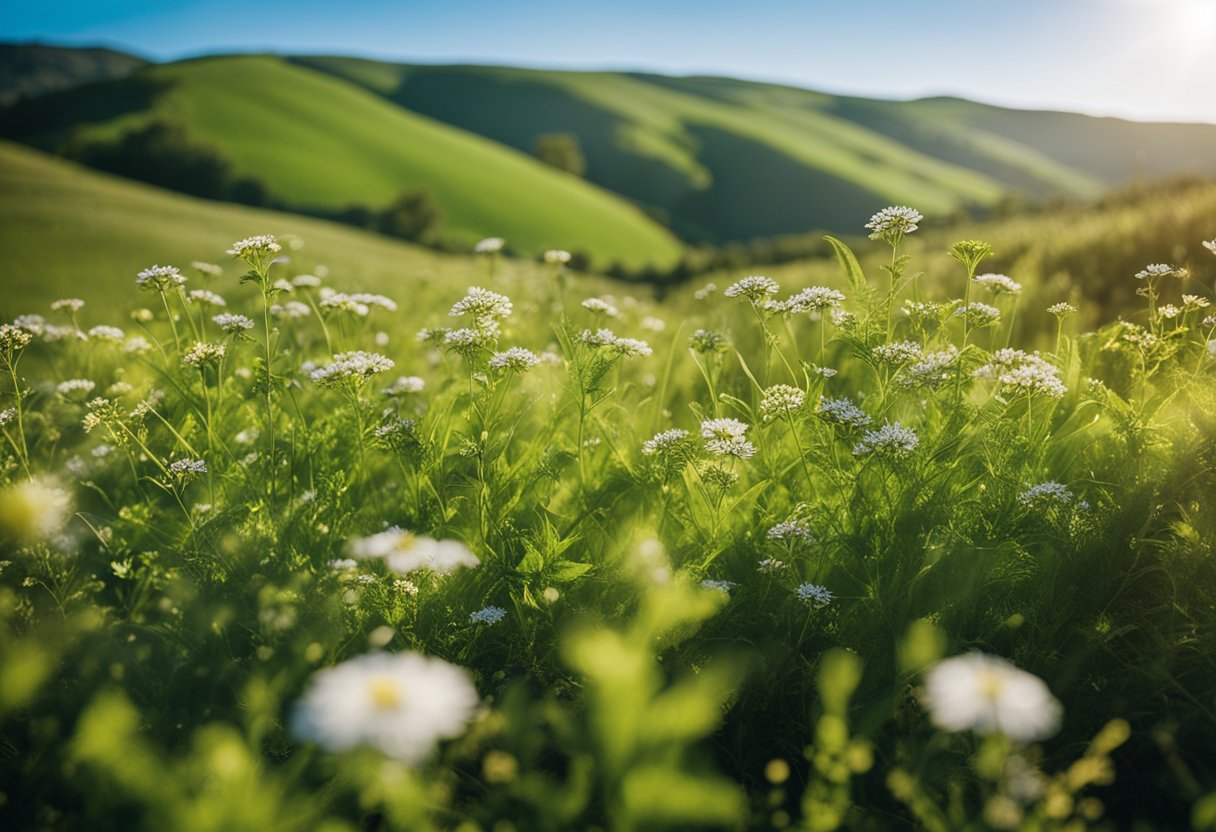
In our exploration of herbal remedies, we focus on their historical uses, the key plants involved, and the methods employed to craft these traditional medicines.
The Use of Herbs in Healing
In historical practice, we’ve witnessed the steadfast belief in the power of herbs to address a myriad of health concerns. The ancient wisdom encapsulated in Irish folk medicine reveals an intricate understanding of herbal properties and their roles in healing. From the easing of pain to the treatment of wounds, we’ve foregrounded herbs as pivotal natural allies.
Commonly Used Herbs and Plants
Irish herbal medicine traditionally encompasses a plethora of herbs and plants, each with its own role in the healing process. Nettle, for example, has been utilised for its anti-inflammatory properties, while dandelion serves as a detoxifying agent, supporting liver function. The bark of the willow tree contains salicylic acid, a compound renowned for its pain-relieving qualities. Additionally, honey, with its antibacterial properties, has commonly been included in herbal preparations to soothe sore throats.
Preparation of Herbal Medicines
The preparation of herbal medicines is as crucial as the herbs themselves. Our practices often involve drying and storing herbs to ensure their potency is preserved. Infusions and decoctions are meticulously prepared, boiling or steeping herbs in water to extract their healing essence. Herbal tinctures utilise alcohol as a solvent to draw out the active compounds, creating concentrated remedies meticulously crafted for their healing benefits.
Healing Techniques and Applications
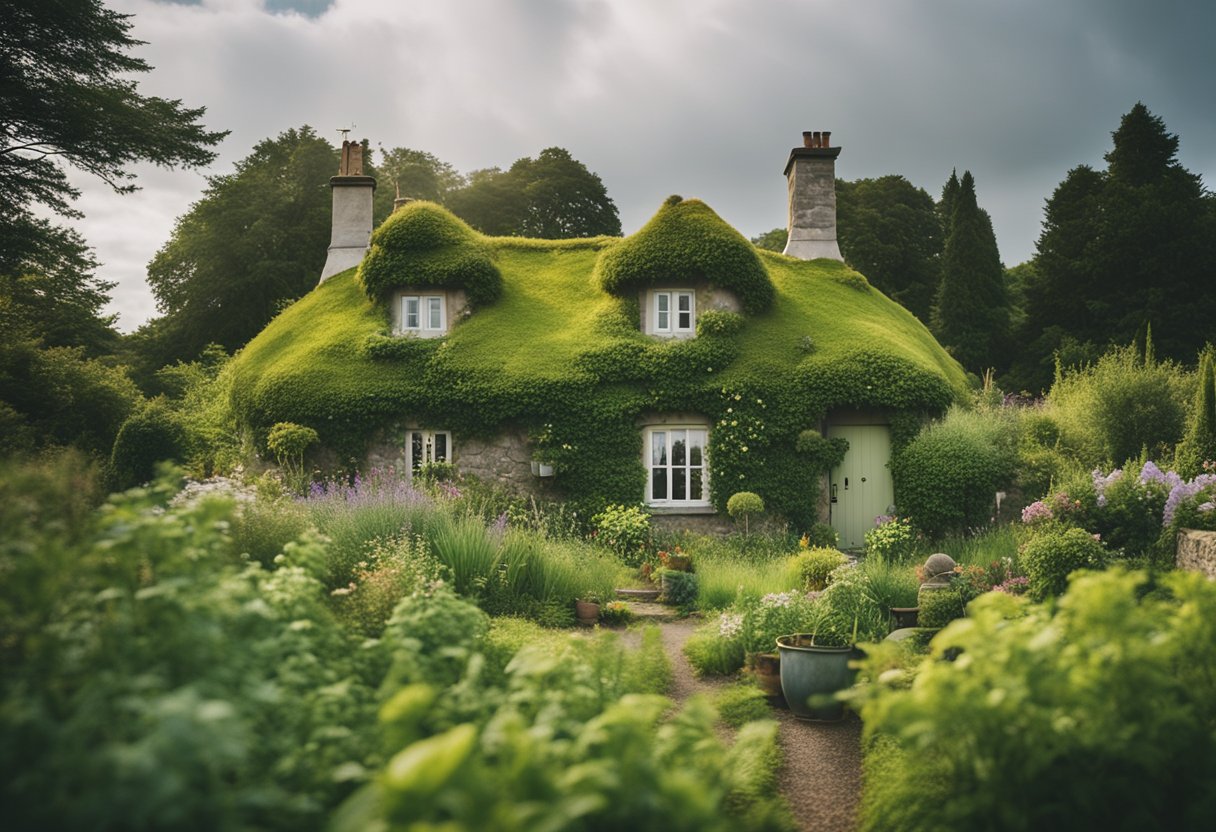
In this section, we’ll explore the various traditional methods utilised in Irish folk medicine, specifically focusing on topical remedies and the power of belief in healing practices.
Poultices, Ointments, and Compresses
A cornerstone of Irish folk remedies, poultices, were commonly applied to the skin to address a variety of ailments. Made from a mixture of plant material and other substances, these pastes were spread across a piece of cloth and placed over an area of concern. For instance, a frequently mentioned remedy for nettle stings would involve the application of a dock leaf poultice to soothe the skin.
Ointments, often containing herbs, were another form of topical treatment. Their uses varied, from relieving skin irritation to reducing the symptoms of fever or jaundice. Using natural ingredients like comfrey or calendula, these herbal ointments served as early forms of medicine for skin healing.
- Compresses: These were cloth pieces soaked in herbal infusions or decoctions, then applied hot or cold to the afflicted area, depending on the condition being treated.
Rituals and Charms for Health
Beyond physical treatments, Irish folk medicine also encompassed a rich tradition of rituals and charms for health. These were deeply ingrained in the cultural fabric and often intertwined with the belief systems of the community.
-
Rituals: In the belief that certain ailments were inflicted by supernatural means, specific rituals were performed to cure them. This could involve reciting incantations or performing symbolic acts as a means of healing.
-
Charms: Small objects or amulets, sometimes with inscriptions, were carried or placed in homes to ward off illness or to promote good health. Such charms held significant emotional and psychological importance for individuals seeking comfort and remedy for their afflictions.
The efficacy of these techniques lies not only in their practical application but also in the belief in their healing power, which could arguably have had a placebo effect on the individuals using them.
Roles and Profiles of Practitioners
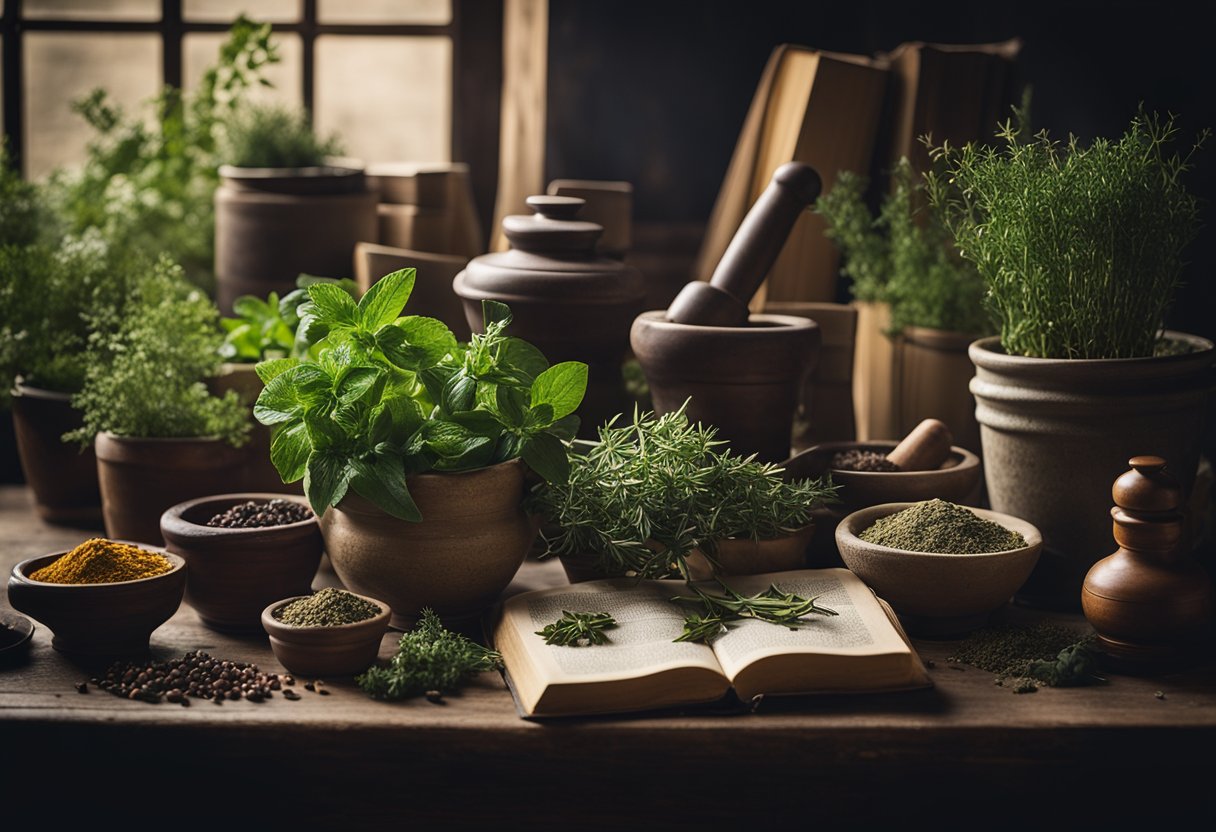
In the rich tradition of Irish folk medicine, the roles of practitioners are pivotal. Our focus is on the individuals who hold medical knowledge and utilise herbal remedies: the herbalists and the community healers.
Herbalists and Their Knowledge
Herbalists were the custodians of botanical wisdom, harnessing the power of nature to treat ailments. Their expansive knowledge spanned a vast array of plants and their medicinal properties. These practitioners were not only experts in identifying beneficial herbs but also in understanding the intricacies of their applications. They often passed this knowledge through generations, treating it as both a science and an art, deeply embedded in the cultural fabric.
Healers Within the Community
Healers carried a vital role within their communities, often providing the first point of contact for the sick. Their understanding of medical knowledge went beyond mere treatment, encompassing psychological and emotional support as well. Trusted and accessed by all societal echelons, these healers’ remedies included not only herbs but also rituals believed to bring about holistic wellness.
Traditional Beliefs and the Supernatural
In Ireland, traditional beliefs are inextricably linked with the supernatural, comprising age-old practices that intertwine nature, magic, and spiritual elements. An understanding of Ireland’s folk medicine requires exploring these mystical aspects, charms and rituals through which health and well-being were often sought.
Earth and nature were not mere backdrops in Irish folk medicine; they were infused with meaning and power. Herbal remedies, sometimes considered a form of nature’s magic, played a central role. Plants gathered with specific rituals at certain times—often with recitation of incantations—were believed to carry potent healing properties.
Our ancestors held a strong belief in the supernatural’s influence over health. They frequently employed charms—or blessed objects—as a means to ward off illness or to draw strength from the spiritual realm. For instance, a common practice involved using a special cloth or piece of clothing that had been touched by someone deemed to have healing powers.
Key to these traditions was the healer’s connection with the spiritual realm, often considered a bridge between the physical and the ethereal. Such individuals were reputed to possess an innate ability to channel the spiritual forces of nature, giving them insight into the healing that transcended the material world.
Amidst this rich tapestry of belief, we also encounter rituals that call upon the supernatural to heal and protect. From tying rags to a rag tree as a plea for healing to engaging in patterns, our ancestors’ healing practices were essential parts of the cultural fabric, melding the seen with the unseen.
We see, then, that Irish folk medicine was as much about the spiritual and supernatural as it was about the physical remedies themselves. The historical roots of these practices show a world where every element of the earth had a role and a connection to the greater cosmos.
Common Ailments and Folk Cures
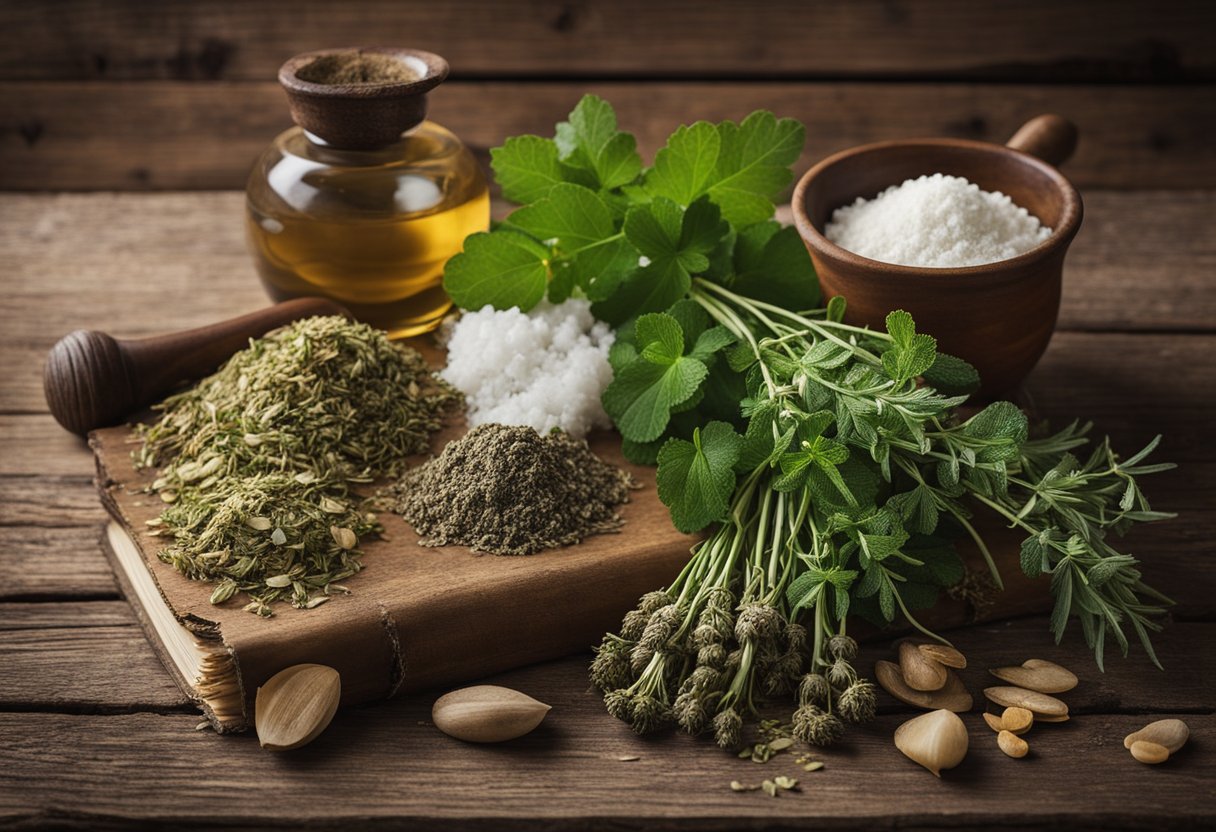
In our exploration of Irish folk medicine, we come across various remedies that have been traditionally used to address a host of common ailments. Many of these folk cures involve the use of natural herbs, with a profound belief in their healing properties passed down through generations.
For those suffering from liver conditions, a popular folk cure involves the use of milk thistle, a herb that has been linked to liver health, supporting its function and providing detoxifying benefits. The effectiveness of milk thistle for various liver problems is well-documented, yet, as with any folk remedy, it’s essential to approach with caution and seek professional advice.
Acne is another ailment where the wisdom of folk medicine comes into play. A traditional Irish cure consists of applying an infusion of nettles to the affected area, as nettles are believed to have anti-inflammatory properties that can soothe the skin.
Arthritis pain is often mitigated with the use of natural compresses soaked in nettle tea or the ingestion of bogbean—a plant native to Ireland known for its anti-inflammatory effects.
While there is no known cure for cancer in folk medicine that can replace modern medical treatments, many natural remedies are used to alleviate some symptoms associated with the illness. These are always considered complementary approaches used alongside conventional treatments.
For headaches, the application of lavender or peppermint oil onto the temples is a common folk practice for its perceived soothing effects.
In the case of urinary tract issues, a well-known folk treatment is the consumption of a concoction made from bearberry leaves, which is attributed to its natural antibiotic properties.
| Ailment | Folk Cure |
|---|---|
| Liver | Milk Thistle |
| Acne | Nettle Infusion |
| Arthritis | Nettle Tea, Bogbean Compresses |
| Headache | Lavender or Peppermint Oil |
| Urinary Tract | Bearberry Leaves |
It’s important for us to acknowledge that while these remedies are part of Ireland’s rich cultural tapestry, scientific research is vital to substantiate any health claims. Always consult a healthcare provider before trying new treatments.
The Role of Diet and Lifestyle in Folk Medicine
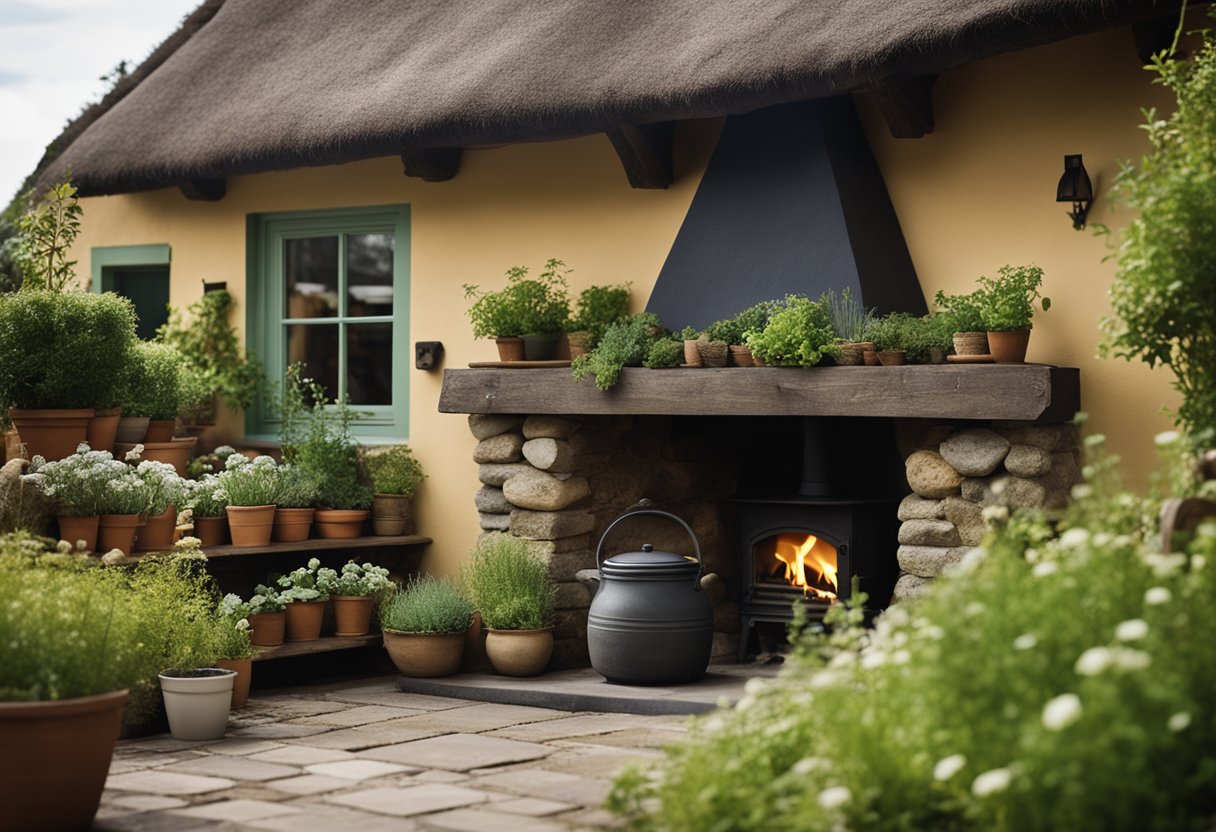
In our exploration of Irish folk cures, we observe that diet and lifestyle play an integral part in maintaining health. Historically, the Irish utilised wholesome foods and natural surroundings to promote well-being.
Diet: The consumption of honey was common in folk medicine. Renowned for its antiseptic properties, it was a staple in treating wounds and coughs. Buttermilk, rich in probiotics, was also a dietary mainstay, believed to improve gut health and thus overall vitality.
Lifestyle: Considering lifestyle, we find an emphasis on natural remedies and the outdoors. Foraging herbs, such as nettle and dandelion, which are now recognised for their nutritional benefits, were commonly used to support health.
| Herb | Uses |
|---|---|
| Nettle | Detoxifying, rich in nutrients |
| Dandelion | Digestive aid, detoxifying |
Moreover, whiskey was not merely a beverage; it was often included in herbal concoctions to aid in the absorption of plant extracts, acting as a solvent.
Application: To incorporate these practices into a modern lifestyle, one might include these traditional elements moderately. For example, introducing nettle tea into our diet or using honey as a natural sweetener.
Our understanding of Irish folk medicine reveals a balanced approach to health, combining diet, herbal remedies and an active lifestyle. These practices highlight the significance of natural sustenance and its ability to foster health, a testament to the wisdom found within historical Irish traditions.
Integrating Modernity and Tradition
In our exploration of Irish folk medicine, we recognise the vital role that integrating traditional herbal remedies into modern healthcare systems plays. As we look closer, we find that this integration is not only possible but beneficial.
Adapting to Contemporary Health Paradigms
Our health systems have undergone significant transformation, where traditional herbalism is increasingly acknowledged. In contemporary health paradigms, there is a growing appreciation for holistic approaches to health – where the body, mind, and spirit are considered in unison. Scientific research has begun to support what practitioners of herbalism have long known: plants possess therapeutic qualities that can complement modern medicine. This synergy is observed in the usage of St. John’s Wort, known for its antidepressant properties, alongside conventional treatments.
Clinical Trials and Evidence-based Approaches
Clinical trials have become the gold standard for validating the efficacy of medical treatments, including herbal remedies. Rigorous testing can affirm the role of certain herbs in health and wellness. For instance, the immunomodulatory effects of Echinacea have been studied extensively, offering a semblance of empirical evidence to historical anecdotal successes. By holding herbal remedies to the stringent criteria of evidence-based medicine, we can integrate them into current practices with greater confidence and scientific backing.
Conservation of Medical Traditions
In the realm of Irish folk medicine, conserving the profound wealth of herbal knowledge is a vital bridge between past and present. This encompasses not just the preservation of medical knowledge but also its seamless integration into modern society.
Challenges in Preserving Herbal Knowledge
One of the significant hurdles we face is maintaining the authenticity of traditional Irish medicine while recording it accurately for posterity. As herbal medicines are often passed down orally, the nuances and specifics of such traditions can be precarious, and they are at risk of dilution or loss as generations pass. It is imperative that we devise strategies to document and store this wisdom, ensuring accessibility and understanding for future generations. Our approach must be meticulous and respectful to honour the original context and applications of these herbal remedies.
Engaging with Societal Trends
Society’s burgeoning interest in natural and holistic approaches to health presents an opportunity for the resurgence and integration of herbal medicines within the wider health dialogue. As we recognise the value of these practices, it’s essential for us to engage with these trends thoughtfully, fostering an environment where traditional knowledge enriches contemporary life. Bridging this gap responsibly demands a symbiosis of medical knowledge, sociocultural understanding, and active communication with the community to re-establish traditional Irish medicine as a complementary fixture in today’s health landscape.
Resources for Learning and Practice
To immerse oneself in the study of Irish folk medicine, seeking out reputable sources is essential. We’ve identified several avenues through which enthusiasts can explore the herbal remedies and historical underpinnings of this traditional practice.
Online Archives and Libraries:
- Vast collections of Irish medical manuscripts, ranging from the 14th to 17th centuries, offer insights into the historical context. They can be accessed at various libraries across Ireland, Scotland, and England.
Articles and Analysis:
- Scholarly articles like those found on RTÉ Brainstorm provide analysis and discussions on the efficacy and psychological impacts of these remedies.
- Research papers, such as those on PubMed, discuss the relationship between folk and formal medicine in Ireland, enlightening readers on the complementary nature of the two systems.
Books:
- Recent publications can offer a comprehensive view of the subject, where authors aggregate research covering the various aspects of Irish folk medicine.
Websites Focused on Cultural Heritage:
- Platforms like Connolly Cove embrace Irish traditions and extend to a wider global heritage, serving as valuable resources for understanding the broader context of folk medicine practices.
Local Knowledge:
- Engaging with communities in Ireland where traditional cures are still valued can provide a practical learning experience.
| Type | Description | Examples |
|---|---|---|
| Primary Sources | Original medical manuscripts | Libraries in Ireland and UK |
| Secondary Sources | Analytical articles | RTÉ Brainstorm, PubMed |
| Tertiary Sources | Comprehensive publications | Books on Irish folk remedies |
| Digital Resources | Websites with a focus on cultural practices | Connolly Cove |
By leveraging these resources, we can gain a profound understanding of the herbal remedies that have been part of Ireland’s cultural fabric for centuries.
Frequently Asked Questions

In this section, we explore the rich tapestry of Ireland’s natural pharmacy, highlighting the herbs and techniques that have been passed down through generations.
What are the traditional herbs used in Irish folk medicine?
Irish folk medicine has long incorporated a variety of herbs such as yarrow, nettle, and burdock. These plants were not only used for their medicinal properties but also held significance in local folklore and tradition.
Which plants were commonly used in ancient Celtic healing practices?
Ancient Celts utilised a range of plants in their healing rituals, including the revered mistletoe, which was considered sacred, along with meadowsweet and vervain, known for their use in multiple remedies.
How have historical Irish remedies influenced modern herbal medicine?
Historical Irish remedies have provided a foundation for modern herbal medicine, contributing knowledge about the benefits of certain plants. Ongoing research into traditional uses continues to validate and innovate within the herbal medicine field.
What is the significance of sacred herbs within Celtic tradition?
Sacred herbs such as mistletoe and rowan held profound spiritual significance for the Celts. They were used in rituals and ceremonies, believed to protect and heal not just the body but the soul.
What healing techniques were prevalent in Ireland’s past?
In Ireland’s past, a mix of herbal remedies, charms, and rituals was prevalent. Healers often employed methods such as cupping, bone-setting, and the use of poultices made from local flora.
Can you list some medicinal herbs native to Scotland that have similar uses in folk healing?
Scotland shares much of its herbal heritage with Ireland, using similar plants like heather, Scots pine, and bog myrtle for their healing properties in traditional folk practices.



